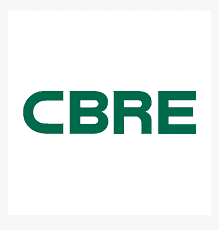Let’s talk about first impressions!
They are super important in a variety of situations. It could be a first date, meeting your partners parents for the first time, the first day of your new job…
But you wouldn’t have a first day at a new job without having made a good impression on your employer with your perfectly written CV! Let’s start from the beginning…
We are all in agreement that your CV really is your chance to make the initial first impression when applying for a role, and we know we need to make it a good one! The challenge exists in knowing how to do that! Enter…the seven-second rule!
The seven-second rule is the test your CV needs to pass, to ensure that you get shortlisted to the first round of interviews. Sounds easy enough, right? So, what is the seven-second rule I hear you ask…
Recruiters typically spend their days sourcing and reviewing CVs, in the hope of finding the ideal candidate to put forward for their superstar clients and believe me when I say – we look through a lot of CV’s! On average, we only have the time to spend between five and seven seconds looking through each CV. Therefore, within those seven seconds, it is so important to ensure your CV stands out and grabs the recruiters attention, making us want to pick up the phone to have a more in depth conversation with you.
If your CV doesn’t stand out enough, or capture a recruiters attention within those seven-seconds, you will likely miss out on what could be an amazing opportunity. Nobody wants to miss out! So I’m going to share with you some top tips on how to pass the seven-second test and implement these pointers to your own CV.
· Keep your CV short and to the point
Your CV should only be two pages long, and that’s if you have a decades-long career. In most instances, a one-page document will be best!
It also works in your favour, as each page takes up precious time within that seven-second window.
· Only include the most impressive skills and descriptions
Within each section, only mention your most applicable skills and impressive roles, as this should prevent your CV from becoming redundant.
· Use an easy to navigate layout
Your profile, career summary, and education should be the most important segments. Make it easy to scan by using skills and proficiencies often included in job descriptions as these are often the words and phrases recruiters are searching to find in your CV.
· Use examples!
Rather than using buzzwords to describe your accomplishments at a job, use real-world, verifiable examples. Rather than saying you helped “scale the company to reach its short-term objectives”,
say you “recruited and trained a dozen salespeople, helping the company achieve £10 million in sales in five years”.
My final tip would be to get a trusted and honest friend or family member to review your CV before sending it!
So there you have it! Hopefully this very simple yet effective rule will benefit you and help you to secure your dream role in the future!

















